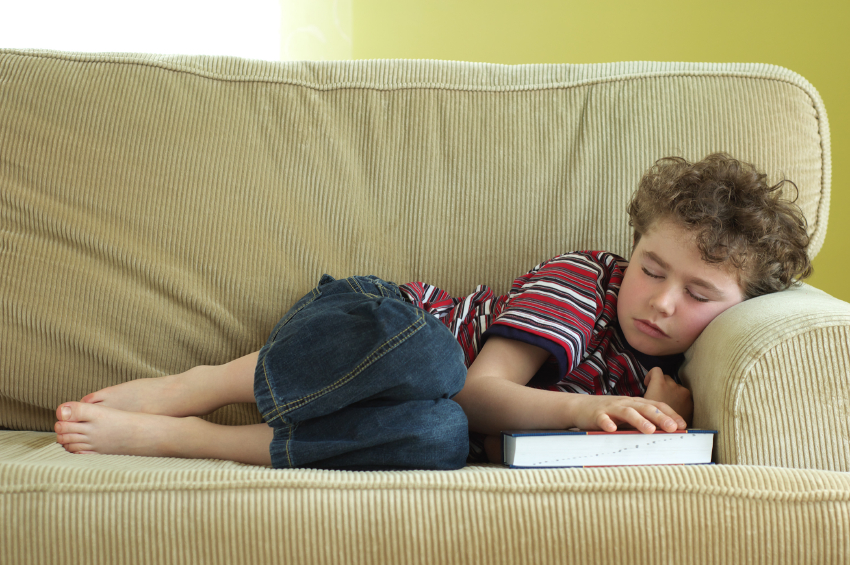The following is a guest post by the team in the Boone
Fetter Clinic at Children’s Hospital Los Angeles
shows that about half of school-age children with autism spectrum disorder (ASD)
have trouble sleeping, compared to about one-fourth of typically developing children?
Parents of children on the autism spectrum often report
sleep problems such as resistance to going to sleep or sleeping alone, waking
up often or sleepwalking during the night, and being groggy in the morning.
problem for children on the autism spectrum is refusing to go to sleep at night. Some children may need to be
rocked, patted or have someone lie next to them before falling asleep. Others
may wake up easily during the night or want to sleep somewhere else other than
in bed. It is difficult for the family, because everyone wakes up tired from
not sleeping well. Parents are tempted to let their children nap during the
day, but this only contributes to more problems at night.
get enough sleep for health, mood and behavior. A child’s sleep problems are
also stressful for parents, so it is important to find solutions that work for
the family.
types of sleep problems, as well as other issues that can disturb sleep. Some
children with ASD:
- Have
trouble falling asleep at night, but sleep soundly once they fall asleep. - May fall
asleep without any difficulty, but wake often during the night and can’t get
restful sleep. - Have
trouble both falling and staying asleep.
A Good
Sleep Environment Helps
important thing to do is develop a consistent routine around sleep, maintaining
what we call good “sleep hygiene.” Sleep hygiene is about keeping a daily
routine and providing an environment that promotes sleep. A calm, supporting
and consistent bedtime routine allows a child to wind down and get ready for sleep.
Also, there should be a consistent wake-up time every day and limited naps for
older children. The sleep schedule should be the same on weekends and school
nights.
hygiene at bed time includes:
- Dimming the lights in the evening and before bedtime
- Following a consistent bedtime routine
- Limiting TV, computers or games before bedtime
- No snacks or drinks in the bedroom
- No vigorous exercise one to two hours before bedtime
- No mentally-stimulating activity before bedtime
- Sleeping in a dark, cool and quiet room
- Using a comfortable bed and using it only for sleep
Resources for Families
Nurse care managers in the Boone Fetter Clinic at Children’s Hospital
Los Angeles are available for telephone inquiries through the free Autism Warm Line. Call 323-361-6102,
Monday through Friday, 9 a.m. to 5 p.m.
The Parent’s
Guide to Improving Sleep in Children with Autism, which provides strategies and suggestions based on both research and the
clinical experience of sleep specialists. You can access this toolkit and other
great resources by visiting autismspeaks.org/family-services/tool-kits.
There are also a number of
mobile apps that can help you build a good sleep routine; check out Little
Star Sleep Time Story, Sleep Champ and Birdhouse
for Autism to see if they work for you.





